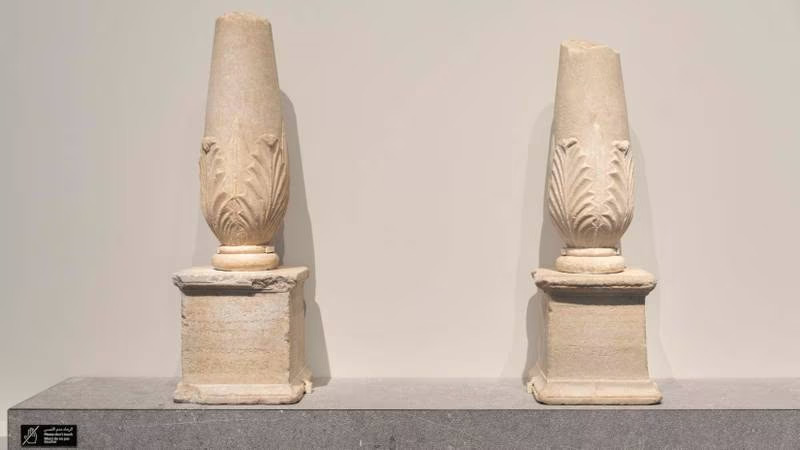Reunited After Centuries: Malta’s Ancient Phoenician Cippi Displayed Together In Abu Dhabi

The two famous Cippi that were discovered in Malta centuries ago and were separated when one of the Cippi was sent to France by Grand Master de Rohan, were reunited after 241 years, through an exhibition in the Louvre Museum in Abu Dhabi, United Arab Emirates. The Cippi date back to the second century BC.
The Minister for National Heritage Owen Bonnici visited the exhibition at the Louvre Museum in Abu Dhabi. He said that besides their great aesthetic and historical value, these two artefacts are symbols of the decipherment of languages and diplomatic relations.
“This exhibition offers a rare opportunity to see these artefacts up close and makes the visitor’s experience more fascinating and complete,” Bonnici said.
It is not known exactly when the Cippi were discovered, but they were first mentioned in 1694 as part of the collection of Gian Francesco Abela. At that time, the Phoenician language had not yet been fully deciphered.

Copies of the inscriptions were sent out from Malta, and among the many scholars who worked on them, Abbot Jean-Jacques Barthélemy of the Académie des Inscriptions et Belle-Lettres in Paris managed to decipher the code of the Phoenician language in 1758.
Thus, the Cippi became known worldwide, and in a gesture of recognition, Grand Master de Rohan sent one Cippus to the Académie in 1782. It was taken to the Louvre in Paris in 1864. The other Cippus is kept at the National Museum of Archaeology in Valletta.
The two museums loaned their respective Cippi for a temporary exhibition being held at the Louvre Museum in Abu Dhabi. This exhibition is being launched on the initiative of the Embassy of Malta in the United Arab Emirates to commemorate the 50th anniversary of the start of diplomatic relations between Malta and the Emirates.
Note: The term “Cippi” refers to stone inscriptions, often used in ancient times as markers or monuments. The ones described here seem to be significant for their Phoenician inscriptions and their role in the history of decipherment.
